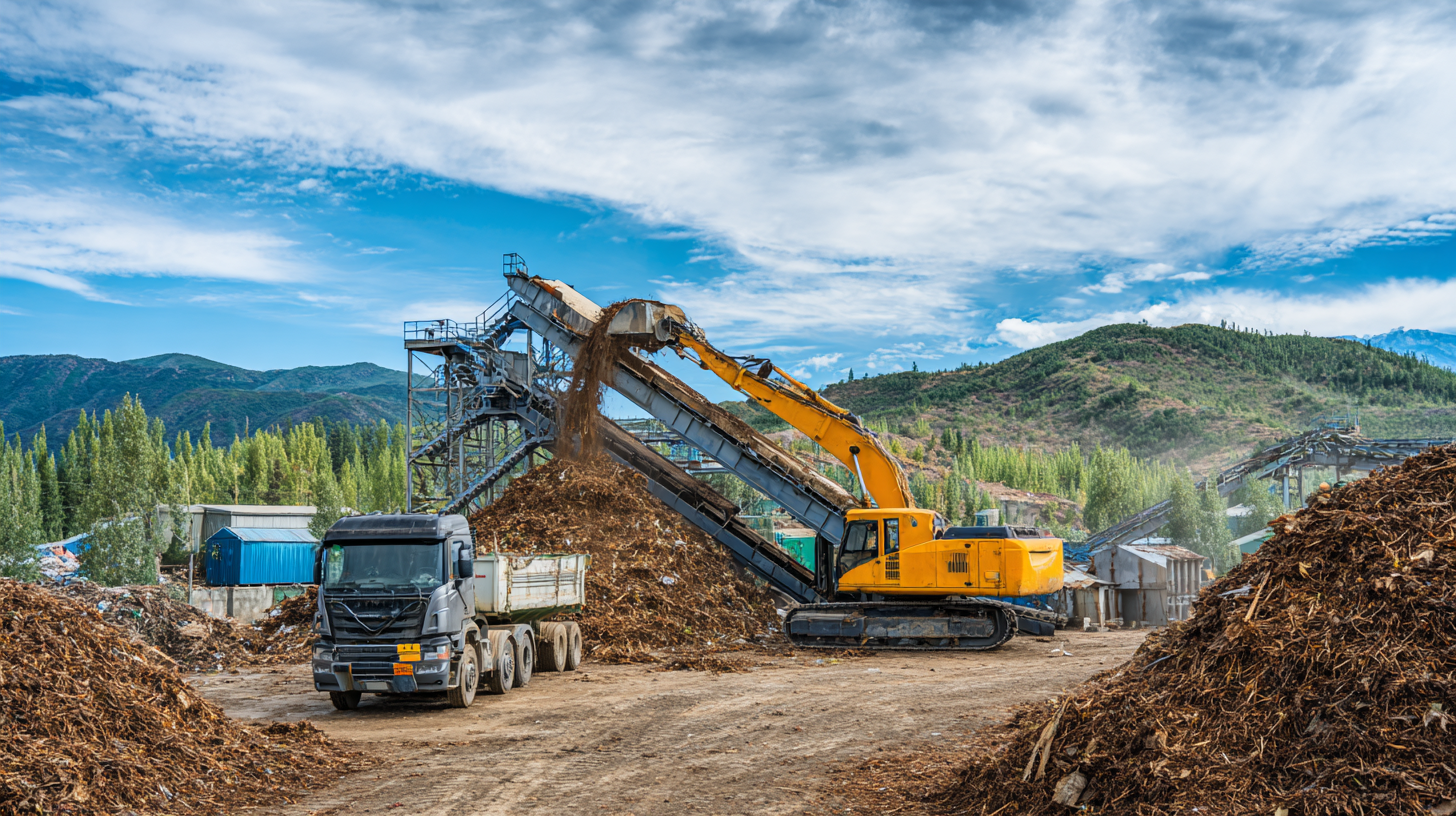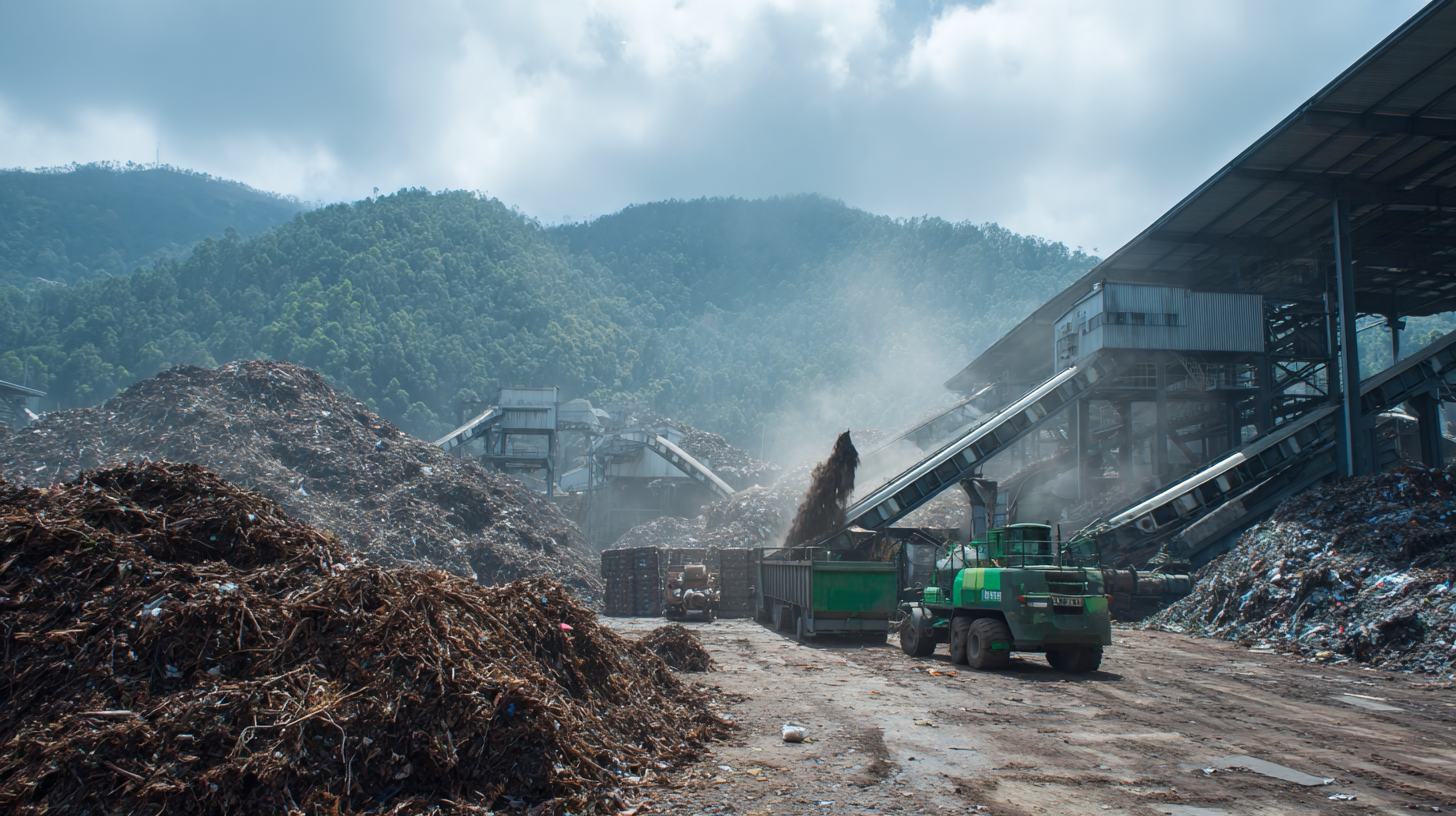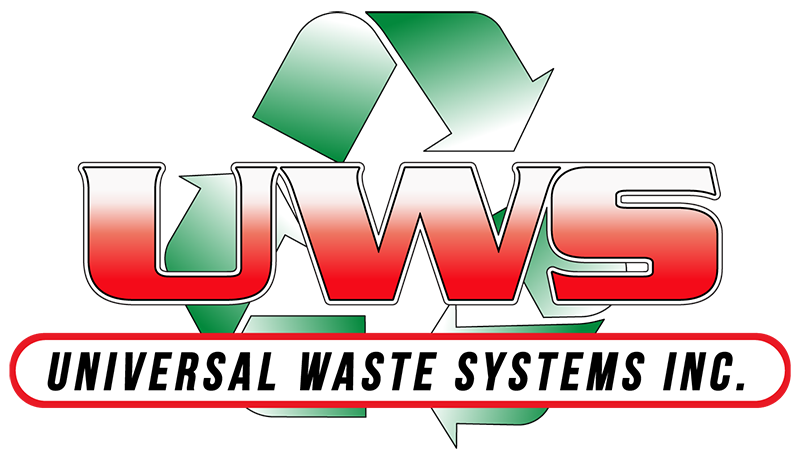Blog
The Comprehensive Resource for Selecting the Best Green Waste Facility Worldwide
In recent years, the growing global emphasis on sustainability has heightened the importance of efficient waste management practices, particularly in the realm of organic waste. According to a report from the Food and Agriculture Organization (FAO), approximately one-third of all food produced for human consumption is wasted, which significantly contributes to greenhouse gas emissions when decomposed in landfills.

As a response to this pressing issue, the establishment of Green Waste Facilities has surged, offering effective solutions for composting and recycling organic materials. A comprehensive resource for selecting the best Green Waste Facility worldwide is essential for municipalities and businesses aiming to minimize their environmental footprints.
By providing innovative methods for processing green waste, these facilities not only aid in reducing landfill usage but also promote the creation of nutrient-rich compost, thereby closing the loop in food and waste management. This blog will delve into industry applications and case studies to showcase the effectiveness of various Green Waste Facilities around the globe.
Examples of Leading Green Waste Facilities Globally: A Comparative Analysis
When analyzing the global landscape of green waste facilities, a comparative analysis of leading examples reveals a diverse range of innovative practices tailored to local contexts. For instance, India's recent research into holistic waste management alternatives highlights the potential for integrating sustainable practices that minimize environmental impacts through advanced recycling technologies. By assessing the life cycle of current waste management systems, we can identify gaps and opportunities that leading facilities can leverage to enhance efficiency.
Similarly, advancements in waste-to-energy technologies are gaining traction worldwide. Facilities that focus on converting plastics and other materials into energy provide a promising path for waste management, addressing both environmental concerns and energy needs. As the global community shifts towards sustainable energy solutions, such as green hydrogen, these facilities are positioned to play a crucial role in reducing the reliance on fossil fuels while managing waste effectively. Evaluating these facilities' strategies can inspire others around the world to adopt similar practices, driving forward the agenda of sustainable waste management on a global scale.

Innovative Technologies Adopted by Top Green Waste Processing Plants
In the era of Food Industry 4.0, innovative technologies are at the forefront of transforming plant-based waste and by-products into valuable resources. With an increasing focus on sustainability, top green waste processing facilities around the world are leveraging advanced techniques to optimize the recovery of nutrients and bioactive compounds from agricultural residues. This transformation not only minimizes environmental impact but also contributes to the circular economy by turning waste into valuable products, such as biofertilizers and bioplastics.
Among the various technologies employed, smart sensors and IoT devices play a crucial role in monitoring the quality and composition of organic waste streams. These technologies ensure efficient processing, reducing energy consumption and enhancing overall productivity. Furthermore, integrating machine learning algorithms allows facilities to predict operational needs and streamline processes, making waste management more efficient. As the food industry continues to embrace these advancements, the potential for revenue generation from waste is becoming clear, solidifying the importance of green waste facilities in a sustainable future.
The Comprehensive Resource for Selecting the Best Green Waste Facility Worldwide
| Facility Location | Processing Capacity (tons/day) | Technologies Used | Year Established | Composting Method |
|---|---|---|---|---|
| Northern Europe | 500 | Aerobic digestion, Mechanical separation | 2015 | In-vessel composting |
| Western USA | 1000 | Anaerobic digestion, Thermal hydrolysis | 2010 | Windrow composting |
| Eastern Asia | 750 | Biogas technology, Mechanical sorting | 2018 | Aerated static pile |
| Central Europe | 300 | Pyrolysis, Biomass gasification | 2017 | Batch composting |
| Southern Hemisphere | 600 | Organic fractioning, Biofiltration | 2016 | Tumbler composting |
Environmental Impact Assessment: Benefits of Utilizing Green Waste Facilities
The environmental impact assessment of utilizing green waste facilities reveals numerous benefits that extend beyond simple waste management.
By diverting organic waste from landfills, these facilities significantly reduce greenhouse gas emissions, particularly methane, which is a potent contributor to climate change. This reduction is not only beneficial for air quality but also aligns with global efforts to mitigate climate change. Through composting and recycling organic materials, green waste facilities effectively transform waste into valuable resources, enriching soil health and promoting sustainable agricultural practices.
Furthermore, the use of green waste facilities fosters a circular economy where waste is viewed as a resource rather than a burden. By processing green waste locally, communities can reduce transportation emissions and support local economies through job creation and green entrepreneurship.
The compost produced can be utilized in community gardens, landscaping, and agriculture, which enhances local ecosystems and promotes biodiversity. Ultimately, the adoption of green waste facilities is a crucial step towards achieving sustainable waste management solutions that benefit both the environment and society as a whole.
Case Studies: Successful Implementations of Green Waste Management Practices
The concept of sustainable green waste management has gained traction globally, with notable case studies showcasing successful implementations. One remarkable example comes from Hangzhou, China, where the city is pioneering a community-based green development model. The local government has initiated various projects aimed at enhancing green prosperity while fostering low-carbon communities. This approach not only addresses environmental concerns but also promotes community engagement and awareness, setting an example for other cities to follow.
**Tips:** When considering green waste solutions, focus on community involvement. Engaging local residents in waste management practices can enhance awareness and encourage participation. Additionally, showcasing the benefits of a greener community—such as improved air quality and enhanced public spaces—can inspire further action.
Another successful case can be found in a kindergarten in Changsha County, recognized for its innovative green education practices. As the only kindergarten selected for the national “2025 Green and Low-Carbon Typical Cases,” this institution emphasizes the importance of teaching young children about sustainable practices. By integrating ecological principles into daily activities, it sets the foundation for a generation committed to environmental stewardship.
**Tips:** Highlight the role of education in promoting sustainability. Implementing green initiatives in schools not only educates children but also cultivates a culture of environmental responsibility that can extend to families and the wider community.

Key Metrics for Evaluating Green Waste Facility Efficiency and Sustainability
When selecting the best green waste facility, evaluating its efficiency and sustainability is crucial. One key metric to consider is the facility's diversion rate, which measures the percentage of waste diverted from landfills through recycling and composting. A high diversion rate indicates not only effective waste management practices but also a commitment to reducing environmental impact. Facilities with innovative processes for sorting and processing green waste often achieve superior diversion rates, showcasing their efficiency in handling organic materials.
Another important metric is energy recovery. Facilities that convert green waste into renewable energy, such as biogas or electricity, demonstrate a sustainable approach to waste management. By generating energy from organic materials, these facilities reduce reliance on fossil fuels and contribute to a circular economy. It's also important to assess the carbon footprint of the facility, including greenhouse gas emissions during operations. Facilities with a lower carbon footprint typically implement advanced technologies and efficient logistics that minimize environmental impact, reinforcing their effectiveness and sustainability. Evaluating these metrics will help stakeholders make informed decisions when selecting a green waste facility that aligns with their sustainability goals.
Request a Quote
Fill out the form below and one of our specialists will contact you to discuss your questions and needs.
